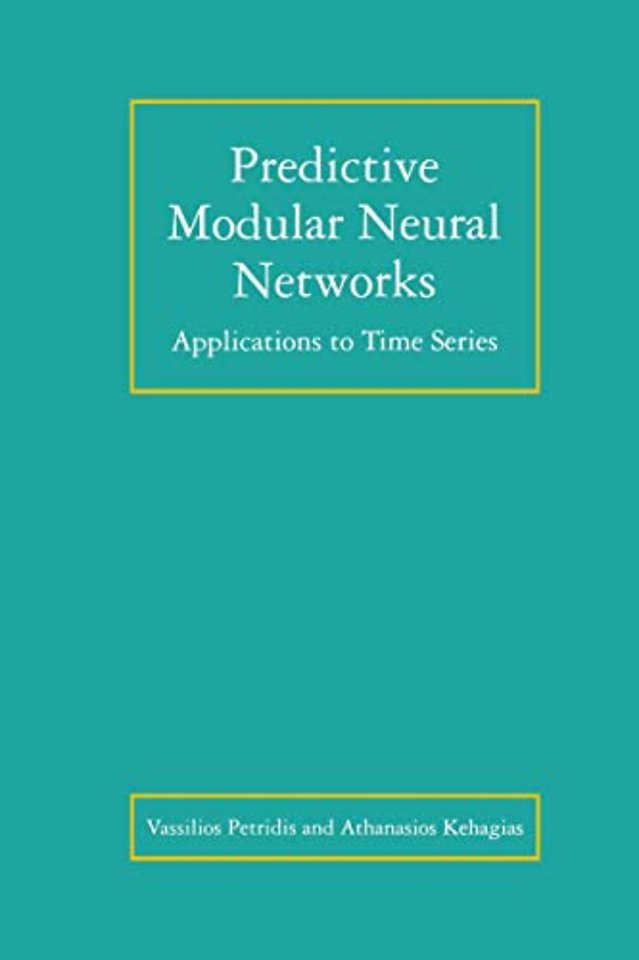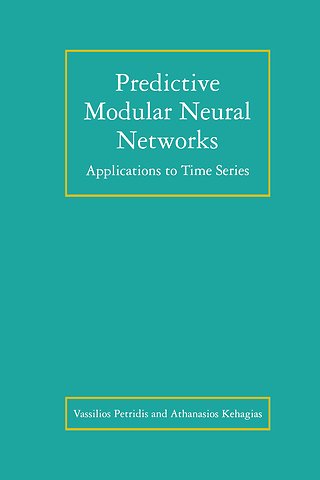Predictive Modular Neural Networks
Applications to Time Series
Paperback Engels 2012 9781461375401Samenvatting
The subject of this book is predictive modular neural networks and their ap plication to time series problems: classification, prediction and identification. The intended audience is researchers and graduate students in the fields of neural networks, computer science, statistical pattern recognition, statistics, control theory and econometrics. Biologists, neurophysiologists and medical engineers may also find this book interesting. In the last decade the neural networks community has shown intense interest in both modular methods and time series problems. Similar interest has been expressed for many years in other fields as well, most notably in statistics, control theory, econometrics etc. There is a considerable overlap (not always recognized) of ideas and methods between these fields. Modular neural networks come by many other names, for instance multiple models, local models and mixtures of experts. The basic idea is to independently develop several "subnetworks" (modules), which may perform the same or re lated tasks, and then use an "appropriate" method for combining the outputs of the subnetworks. Some of the expected advantages of this approach (when compared with the use of "lumped" or "monolithic" networks) are: superior performance, reduced development time and greater flexibility. For instance, if a module is removed from the network and replaced by a new module (which may perform the same task more efficiently), it should not be necessary to retrain the aggregate network.
Specificaties
Lezersrecensies
Inhoudsopgave
Rubrieken
- advisering
- algemeen management
- coaching en trainen
- communicatie en media
- economie
- financieel management
- inkoop en logistiek
- internet en social media
- it-management / ict
- juridisch
- leiderschap
- marketing
- mens en maatschappij
- non-profit
- ondernemen
- organisatiekunde
- personal finance
- personeelsmanagement
- persoonlijke effectiviteit
- projectmanagement
- psychologie
- reclame en verkoop
- strategisch management
- verandermanagement
- werk en loopbaan

